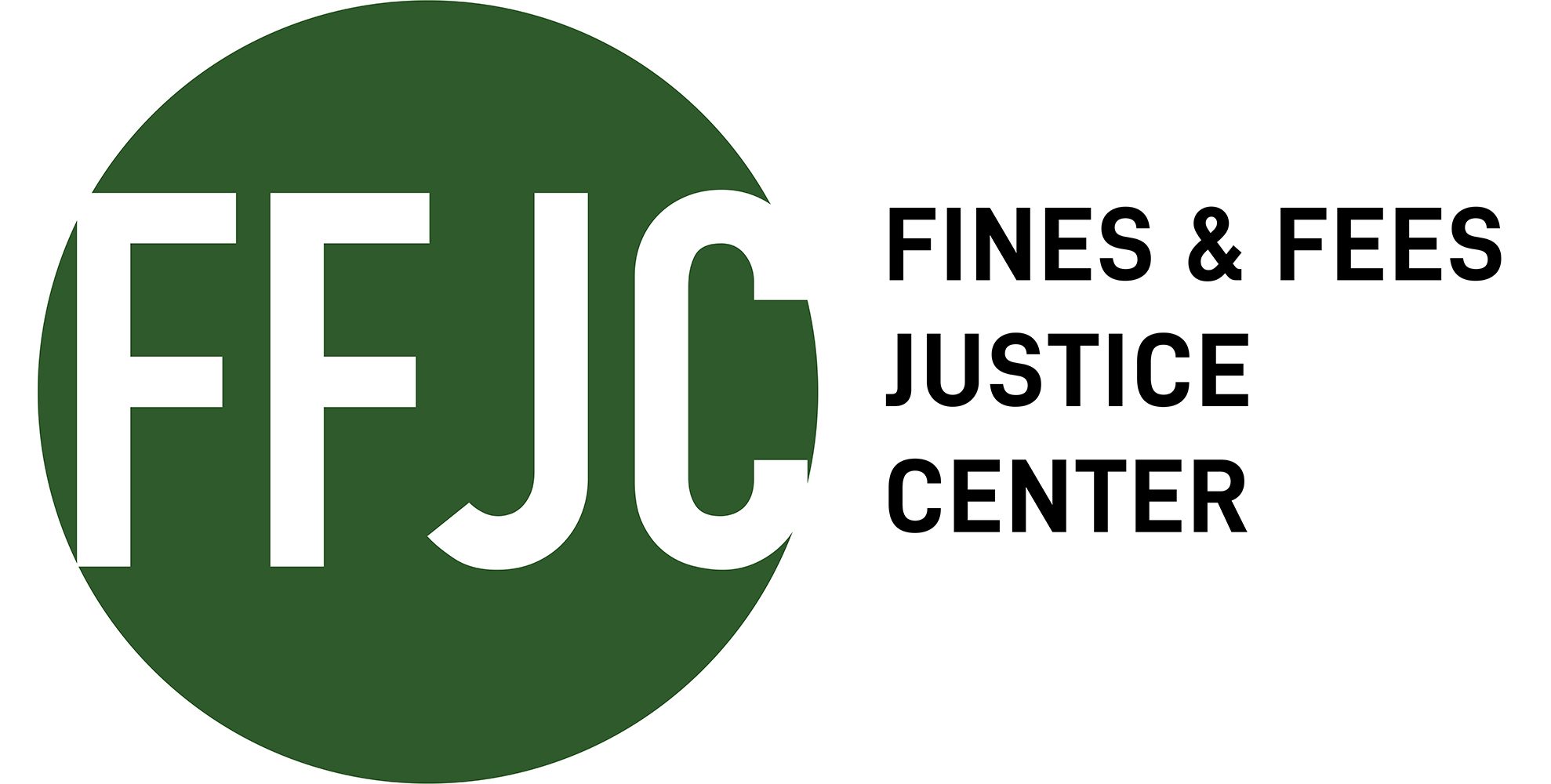In FY 2021, 2,521 residents who successfully completed their time at a halfway house owed, on average, $1,076.
In Colorado, about 50 percent of people return to prison within three years of release–one of the worst recidivism rates in the country. The 26 state-funded halfway houses meant to rehabilitate residents by providing support and services in Colorado also have high failure rates attributed to pointless and punitive rules, scarcity of employment training, substandard treatment programs, and the financial costs imposed by facilities on residents. Residents are responsible for rent, hygiene products, clothes, transportation, and legal financial obligations, but are denied the ability to take high-paying jobs due to arbitrary facility rules. In fiscal year 20, community corrections received almost $90 million, but halfway houses still collected about $15 million in rent from residents. Colorado recently increased the amount the state pays facilities for each occupied bed by almost $20 and required facilities to stop charging rent, but has not prohibited it by law. This report highlights the high recidivism rates of residents in halfway houses, the difficulties they face in finding employment and successfully completing treatment programs, and the debt they accrue from their stay.
You can read the full text here.
Key Findings:
- Colorado halfway houses experience about 6,000 stays annually.
- Facilities charge residents about $510 monthly for a shared room with three to 24 people.
- 26 percent of residents are incarcerated for a technical violation, whereas only two percent are reincarcerated for a new crime.
- Only 35 percent of halfway house residents complete their program and stay out of the criminal justice system for at least two years.
